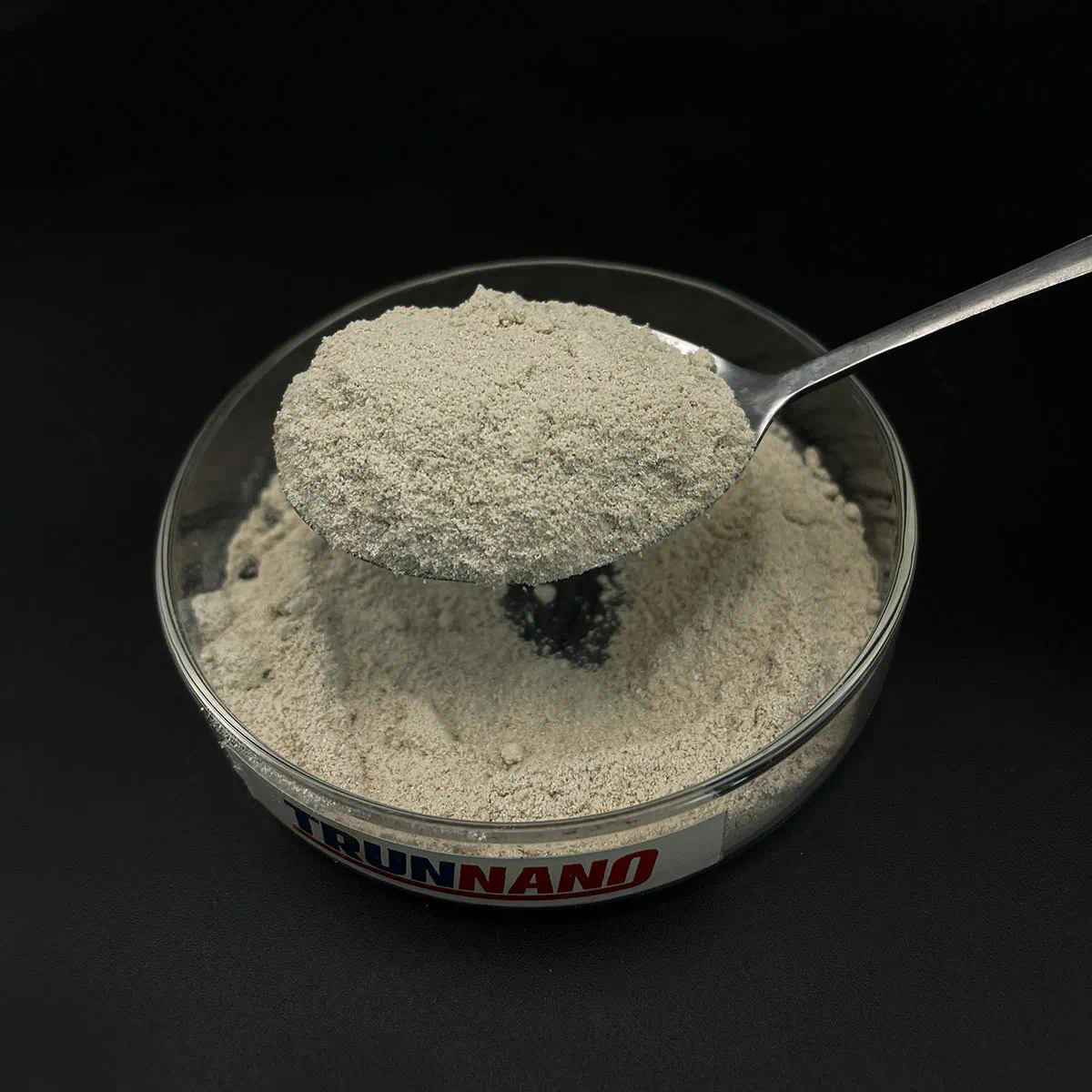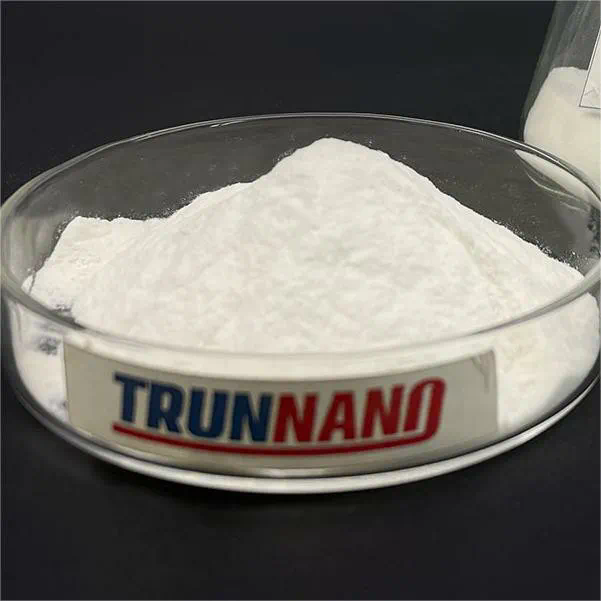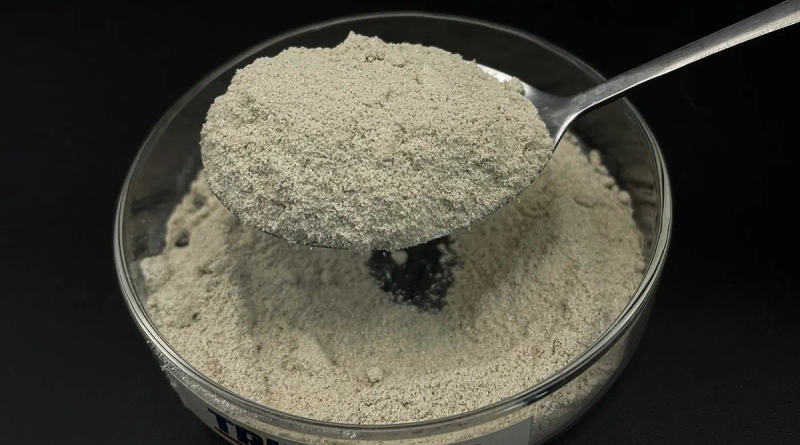Enhancing Concrete Strength with Polycarboxylate Superplasticizer
Enhancing Concrete Strength with Polycarboxylate Superplasticizer
Concrete is one of the most widely used construction materials globally, known for its versatility, durability, and strength. However, achieving the desired strength and workability of concrete can be challenging, particularly in modern construction projects where performance requirements are increasingly stringent. One effective way to enhance concrete strength is by using polycarboxylate superplasticizers (PCEs). These advanced chemical admixtures have revolutionized the concrete industry by significantly improving both the strength and workability of concrete. This article explores the mechanisms, benefits, and application techniques of polycarboxylate superplasticizers, providing a comprehensive guide to their role in enhancing concrete strength.
Polycarboxylate Superplasticizers: An Overview
Polycarboxylate superplasticizers are a class of high-performance chemical admixtures used in concrete to improve its workability and strength. They belong to the family of superplasticizers, which are designed to reduce the water-cement ratio while maintaining or improving the flowability of the concrete mixture. The result is a more fluid, workable mix that achieves higher compressive strength once cured.
These superplasticizers are based on polycarboxylate ether (PCE) chemistry, which provides several advantages over traditional plasticizers and superplasticizers. PCEs are characterized by their long side chains and high molecular weight, which contribute to their superior performance in enhancing concrete properties.
Mechanism of Action
Polycarboxylate superplasticizers work through a combination of dispersion and steric hindrance mechanisms. When added to concrete, PCEs adsorb onto the surface of cement particles, Hpmc Hydroxypropyl Methylcellulose creating a negative charge on their surfaces. This negative charge causes the cement particles to repel each other, reducing the friction and clumping that can occur in the mix.
In addition to dispersion, PCEs also provide steric hindrance due to their long side chains. These chains extend out from the cement particles, further preventing them from coming into close contact with each other. This results in a more fluid and workable concrete mixture, which facilitates easier placement and compaction.
Benefits of Polycarboxylate Superplasticizers
The use of polycarboxylate superplasticizers offers numerous benefits for concrete production and performance:
1. Increased Strength: PCEs allow for a reduction in the water-cement ratio without compromising workability. This leads to higher compressive strength and improved durability of the concrete.
2. Improved Workability: Concrete mixed with PCEs remains workable for longer periods, making it easier to handle and place. This is particularly advantageous in large-scale construction projects where extended workability is required.
3. Enhanced Surface Finish: The improved flowability of concrete containing PCEs contributes to a smoother and more uniform surface finish, reducing the need for additional finishing work.
4. Reduced Shrinkage and Cracking: Lower water-cement ratios achieved with PCEs lead to reduced shrinkage and cracking in the cured concrete, resulting in a more stable and reliable structure.
5. Environmental Benefits: By reducing the amount of water needed in the mix, PCEs help to decrease the overall water consumption in concrete production. This contributes to more sustainable and environmentally friendly construction practices.
Applications in Construction
Polycarboxylate superplasticizers are versatile and can be used in a variety of concrete applications, including:
1. High-Strength Concrete: PCEs are ideal for producing high-strength concrete used in structures such as bridges, skyscrapers, and industrial buildings.
2. Self-Consolidating Concrete (SCC): SCC is a type of concrete that flows easily and fills formwork without the need for vibration. PCEs enhance the flowability of SCC, ensuring it achieves the desired consistency and compaction.
3. Precast Concrete: In precast concrete production, PCEs help achieve the required workability and strength for elements such as panels, beams, and columns.
4. Architectural Concrete: For decorative and architectural applications, PCEs improve the surface finish and workability, allowing for intricate designs and high-quality finishes.
5. Repair and Rehabilitation: In concrete repair and rehabilitation projects, PCEs enhance the performance of repair mortars and grouts, ensuring better bonding and durability.

Best Practices for Using Polycarboxylate Superplasticizers
To maximize the benefits of polycarboxylate superplasticizers, it is important to follow best practices in their application:
1. Dosage: The dosage of PCEs should be carefully determined based on the specific requirements of the concrete mix. Overdosing can lead to excessive bleeding and segregation, while underdosing may not achieve the desired performance.
2. Compatibility: Ensure that PCEs are compatible with other admixtures and materials used in the concrete mix. Conduct compatibility tests to avoid potential adverse interactions.
3. Mixing Procedures: Follow recommended mixing procedures to ensure proper dispersion of the PCEs throughout the concrete mix. This includes adding the admixture at the appropriate stage of the mixing process.
4. Curing: Proper curing of concrete containing PCEs is essential to achieve optimal strength and durability. Implement effective curing practices to prevent premature drying and cracking.
5. Quality Control: Regularly monitor the quality of the concrete mix, including its workability, strength, and consistency. Perform tests to ensure that the PCEs are delivering the expected performance.
Future Trends and Innovations
The field of concrete technology is continually evolving, with ongoing research and development aimed at enhancing the performance of polycarboxylate superplasticizers. Future trends may include:
1. Sustainable PCEs: Development of more eco-friendly PCE formulations that utilize renewable resources and reduce environmental impact.
2. Advanced Composites: Incorporation of nanotechnology and other advanced materials to further improve the performance of polycarboxylate superplasticizers.
3. Smart Admixtures: Innovations in smart admixtures that respond to environmental conditions and adjust their performance in real-time.
4. Enhanced Durability: Research into PCEs that provide additional benefits such as improved resistance to harsh environmental conditions and extended service life.

Conclusion
Polycarboxylate superplasticizers represent a significant advancement in concrete technology, offering enhanced strength, workability, and performance for a wide range of applications. By understanding the mechanisms, benefits, and best practices associated with PCEs, construction professionals can leverage these admixtures to achieve superior concrete quality and durability. As the industry continues to innovate, the role of polycarboxylate superplasticizers will undoubtedly remain central to the development of high-performance concrete solutions.
https://tmsmicro.com/
